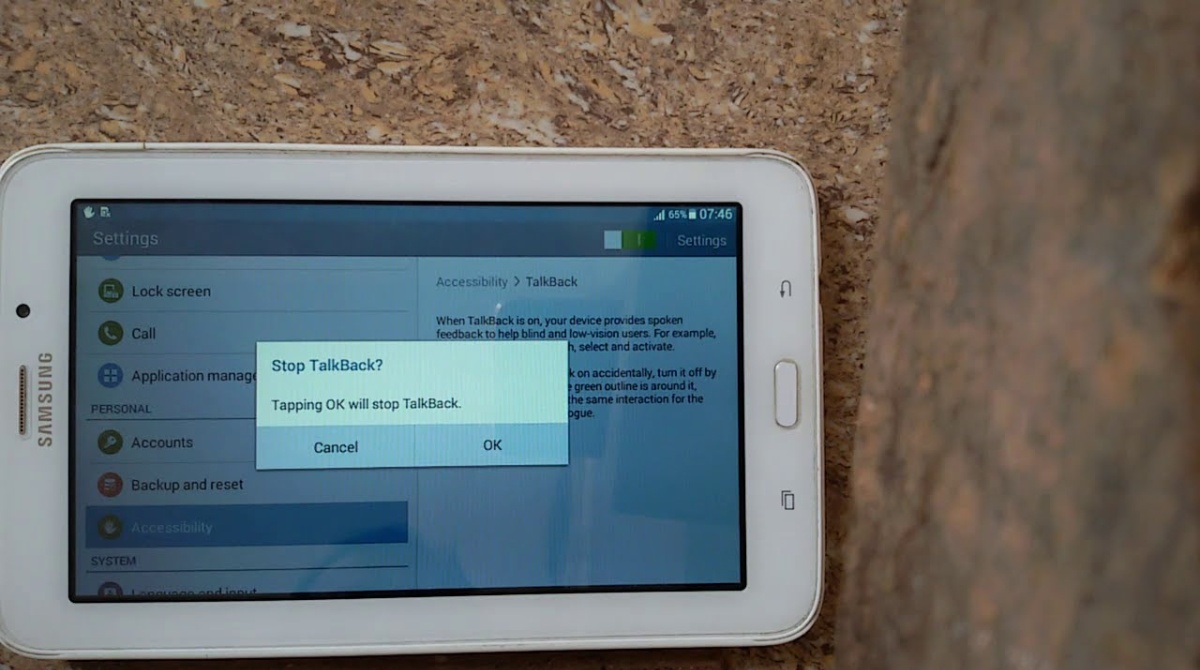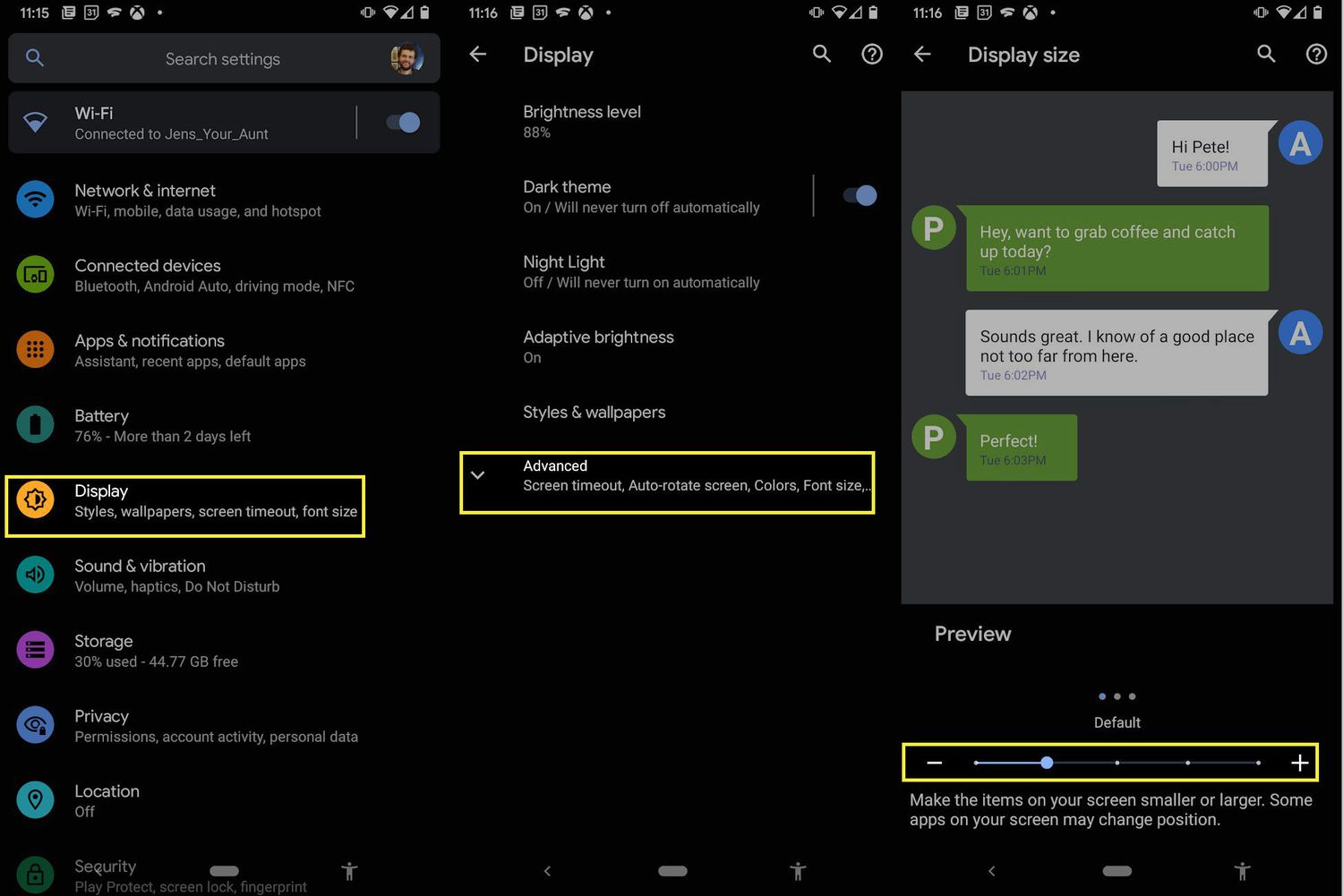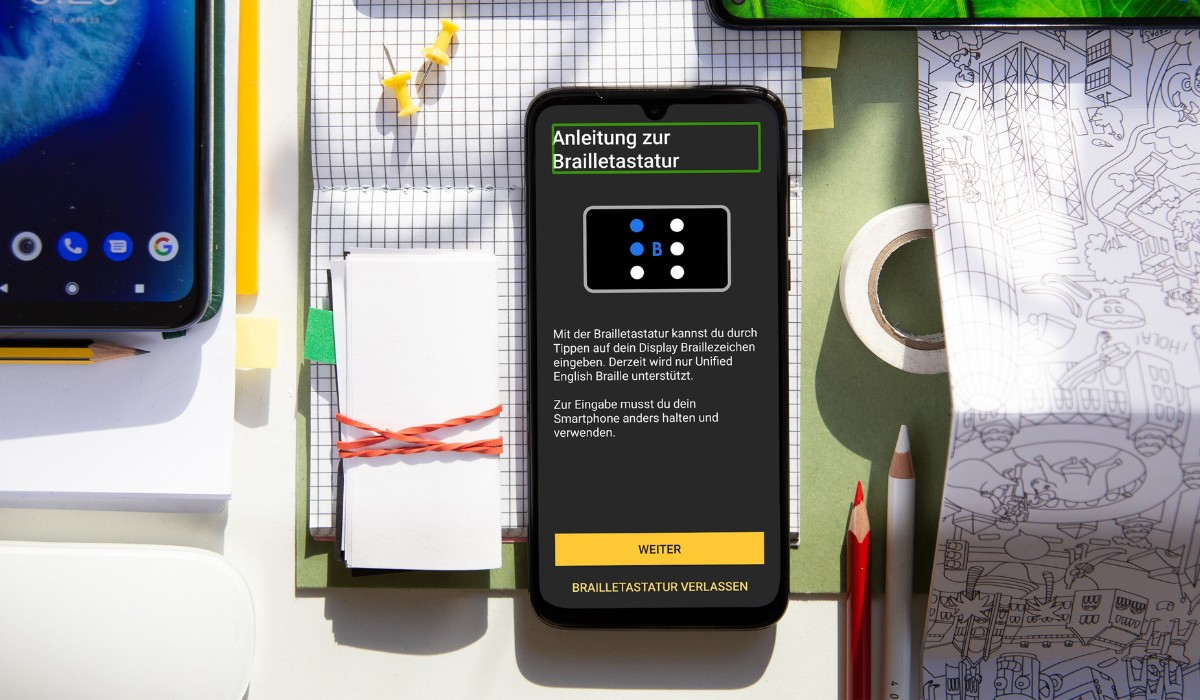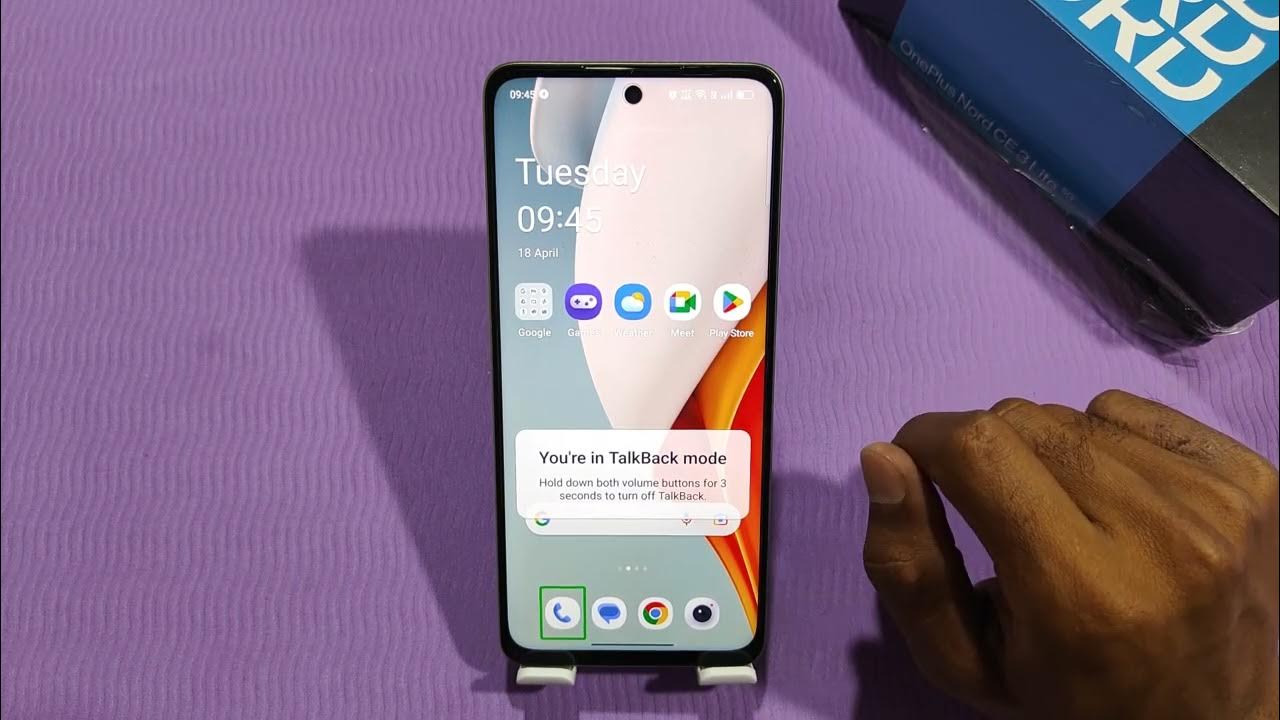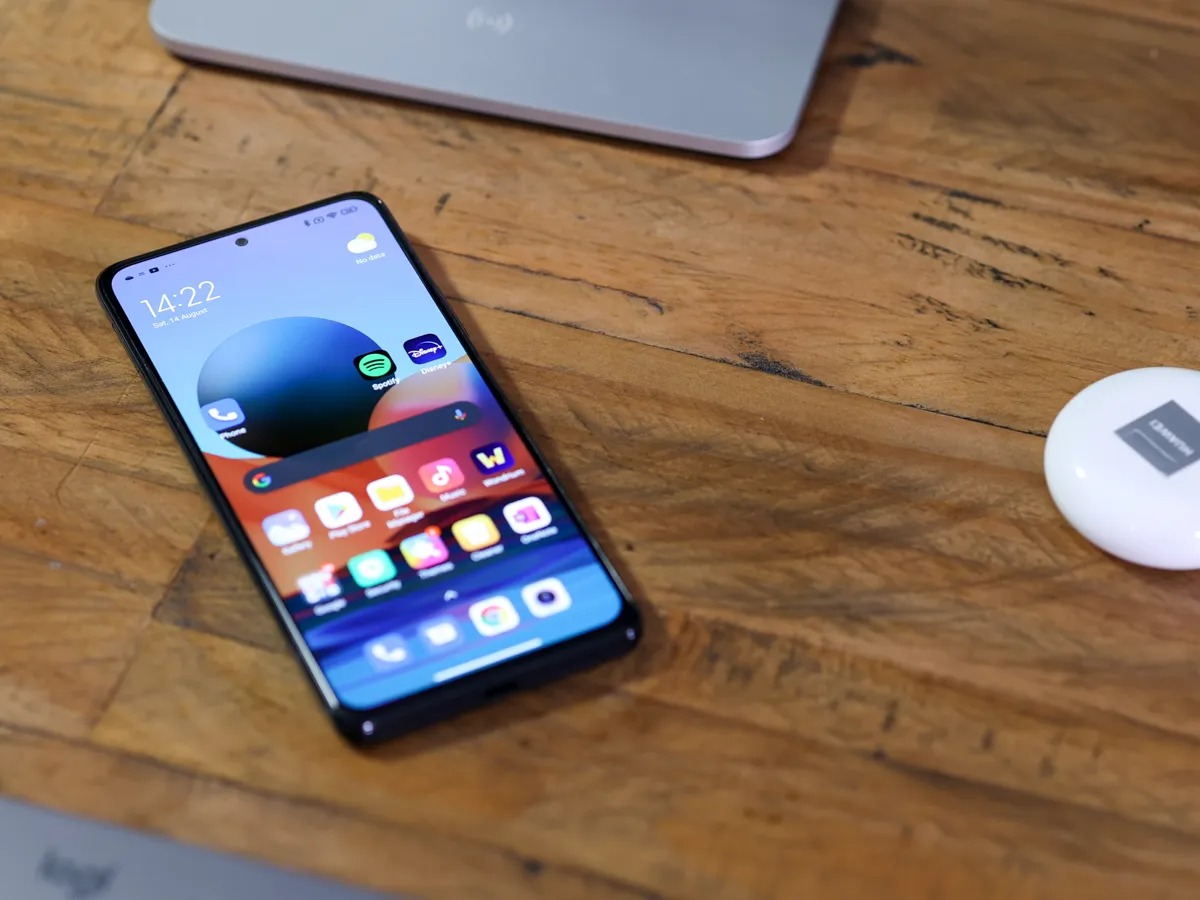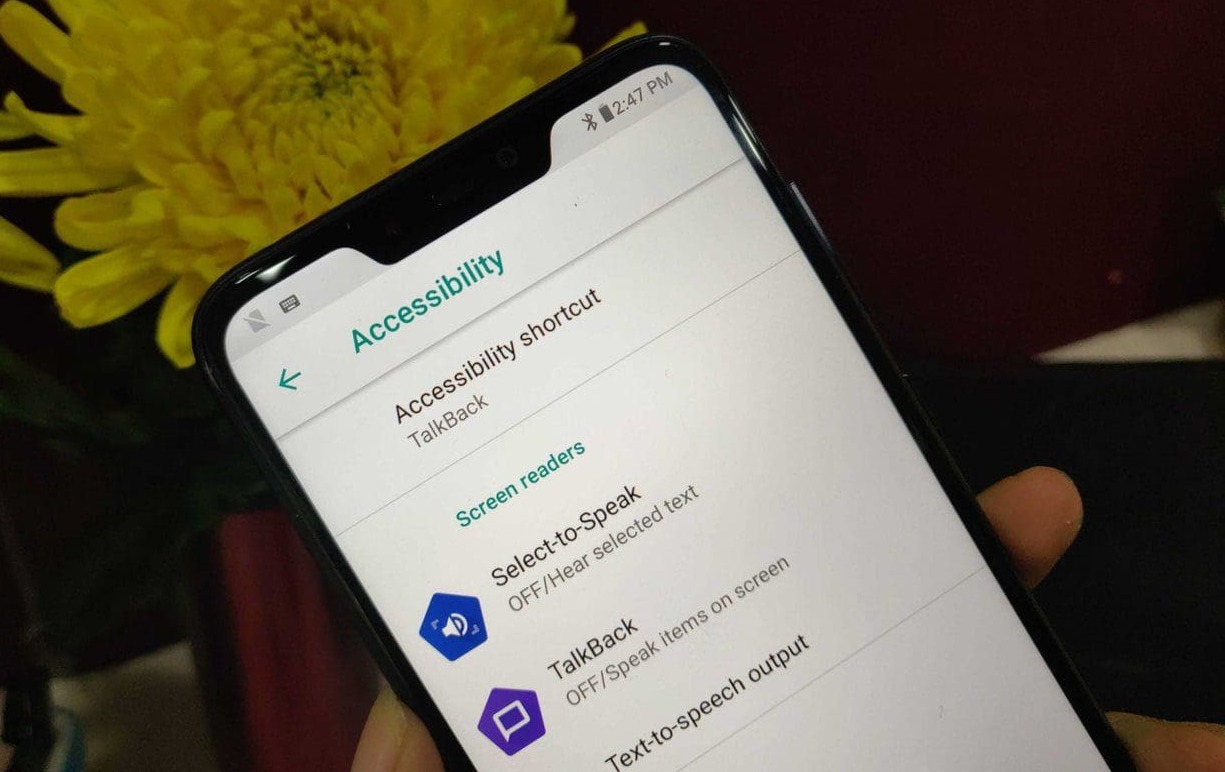Introduction
In today’s digital world, tablets have become an essential gadget for many people. Samsung tablets, known for their sleek design and user-friendly features, have gained tremendous popularity. One such feature is Talkback, an accessibility option that helps individuals with visual impairments navigate and interact with their tablets. Talkback provides spoken feedback for each action performed on the device, making it easier for users to access various applications and settings.
While Talkback can be incredibly beneficial, there are times when you may want to turn it off. Perhaps you’re lending your tablet to someone who doesn’t require this accessibility feature, or maybe you find the spoken feedback distracting or unnecessary for your own use. Whatever the reason, disabling Talkback on your Samsung tablet is a straightforward process that we will guide you through in this article.
Before we dive into the steps, let’s take a closer look at what Talkback is and why you might want to turn it off.
What is Talkback on Samsung Tablet?
Talkback is an accessibility feature available on Samsung tablets that provides spoken feedback to users, particularly those with visual impairments. This feature uses a synthesized voice to read out on-screen text and provide auditory cues for various actions performed on the device. Talkback enables individuals with visual impairments to navigate through the tablet’s interface, access applications, and perform tasks with ease.
When Talkback is enabled, the tablet will audibly announce each action as it is performed. For example, when you tap on an application icon, Talkback will announce the name of the app. Similarly, when you swipe across the screen, it will provide feedback on the direction of the swipe and the item currently selected.
Aside from spoken feedback, Talkback also includes additional features such as vibration feedback and gesture-based navigation. The combination of both auditory and tactile feedback allows users to interact with their Samsung tablets confidently, enhancing their overall usability and accessibility.
It’s important to note that Talkback is not limited to Samsung tablets alone. It is a feature available across various Android devices, ensuring inclusivity and usability for individuals with visual impairments across different brands and models.
Now that we have a better understanding of Talkback, let’s explore the reasons why you might want to turn it off on your Samsung tablet.
Why would you want to turn off Talkback?
While Talkback is an indispensable feature for individuals with visual impairments, there are several reasons why you may want to turn it off on your Samsung tablet:
1. Sharing your tablet:
If you frequently lend your Samsung tablet to friends or family members who don’t require the assistance of Talkback, you may find it more convenient to disable the feature temporarily. Talkback’s spoken feedback may confuse or inconvenience those unfamiliar with the feature, so turning it off can ensure a smoother and more enjoyable experience for others.
2. Personal preference:
Some users may find the spoken feedback provided by Talkback unnecessary or distracting. If you prefer a quieter and more visual interaction with your tablet, disabling Talkback can help you streamline your user experience.
3. Specific app compatibility:
While Talkback generally works well with most applications, there may be certain apps that are not optimized for this accessibility feature. In such cases, disabling Talkback for the specific app can prevent any potential conflicts or issues during usage.
4. Battery consumption:
Enabling Talkback requires the continuous use of the device’s resources, including the processor, speaker, and display. This can result in increased battery consumption, especially if you use the tablet extensively throughout the day. Disabling Talkback when it’s not needed can help conserve battery life and extend your tablet’s usage time.
5. Learning to navigate without assistance:
While Talkback can be incredibly helpful, some users may wish to develop their own skills in navigating and interacting with their Samsung tablets without relying heavily on this accessibility feature. Turning off Talkback allows users to challenge themselves, enhance their digital independence, and become more proficient in using their devices without constant assistance.
Now that we’ve explored some of the reasons why you might want to turn off Talkback, let’s move on to the various methods to disable this feature on your Samsung tablet.
Steps to turn off Talkback on Samsung Tablet
Turning off Talkback on your Samsung tablet is a simple process that can be done using various methods. Here are three options to disable Talkback:
Option 1: Using the Settings Menu
- Open the “Settings” app on your Samsung tablet.
- Scroll down and tap on “Accessibility.”
- In the Accessibility settings menu, locate and select “Talkback.”
- Toggle the Talkback switch to the “Off” position.
- A confirmation dialog will appear. Tap “OK” to disable Talkback.
Option 2: Using the Accessibility Shortcut
- Swipe down from the top of the screen to open the notification panel.
- Tap the “Settings” icon (gear icon) to access the Settings menu.
- In the Settings menu, locate and tap on “Accessibility.”
- In the Accessibility settings, tap on “Accessibility Shortcut” or “Shortcut.”
- Look for “Talkback” and toggle the switch to the “Off” position.
Option 3: Using the Physical buttons
- Press and hold the “Volume Up” and “Volume Down” buttons simultaneously for a few seconds.
- When prompted, use two fingers to swipe down the screen to open the Talkback settings.
- Continue swiping until you reach the “Settings” option, and then double-tap the screen to select it.
- Scroll down and locate “Accessibility” in the settings menu.
- Select “Talkback” and toggle the switch to the “Off” position.
These steps should help you disable Talkback on your Samsung tablet using different methods. Choose the option that works best for you based on your preferences and accessibility needs.
Now that you know how to turn off Talkback, you can easily disable this feature whenever necessary. Remember, you can always re-enable Talkback by following the same steps and toggling the switch to the “On” position.
With Talkback turned off, you can enjoy a quiet and visually-focused interaction with your Samsung tablet.
Option 1: Using the Settings Menu
One of the easiest ways to turn off Talkback on your Samsung tablet is by using the Settings menu. Follow these steps to disable Talkback:
- Open the “Settings” app on your Samsung tablet. You can usually find it in the app drawer or by swiping down from the top of the screen and tapping the gear icon.
- Scroll down and tap on “Accessibility.” This option may be located under the “Digital wellbeing and parental controls” category.
- In the Accessibility settings menu, locate and select “Talkback.”
- Toggle the Talkback switch to the “Off” position. The switch will change from green (indicating enabled) to gray (indicating disabled).
- A confirmation dialog will appear. Tap “OK” to disable Talkback.
Once you complete these steps, Talkback will be turned off on your Samsung tablet. The device will no longer provide spoken feedback for actions and gestures.
Using the Settings menu is a straightforward method to disable Talkback, and it works well for those who prefer a more traditional approach. However, if you’re looking for a quicker way to toggle Talkback on and off, you can explore alternative methods such as using the Accessibility Shortcut or the physical buttons on your Samsung tablet.
Now that you’re familiar with the process of disabling Talkback using the Settings menu, you can easily turn the feature off whenever you want.
Option 2: Using the Accessibility Shortcut
If you prefer a more convenient and faster way to disable Talkback on your Samsung tablet, you can utilize the Accessibility Shortcut. Here’s how you can do it:
- Swipe down from the top of the screen to open the notification panel on your Samsung tablet.
- Tap the “Settings” icon (gear icon) to access the Settings menu.
- Scroll through the settings menu and locate and tap on “Accessibility.”
- In the Accessibility settings, tap on “Accessibility Shortcut” or “Shortcut.”
- Look for “Talkback” and toggle the switch to the “Off” position.
By following these steps, you can disable Talkback using the Accessibility Shortcut on your Samsung tablet.
The Accessibility Shortcut provides a convenient way to enable or disable Talkback with just a few taps. Once Talkback is turned off, your Samsung tablet will no longer provide spoken feedback or gestures for actions performed on the device.
Using the Accessibility Shortcut is ideal for those who want to quickly switch Talkback on or off without having to navigate through several settings screens. It provides an efficient solution for managing Talkback accessibility on your Samsung tablet.
Now that you know how to use the Accessibility Shortcut to disable Talkback, you can easily toggle the feature on and off based on your preferences and needs.
Option 3: Using the Physical buttons
If you’re looking for an alternative method to disable Talkback on your Samsung tablet, you can utilize the physical buttons on the device. Here’s how you can do it:
- Press and hold the “Volume Up” and “Volume Down” buttons simultaneously for a few seconds.
- When prompted, use two fingers to swipe down the screen to open the Talkback settings.
- Continue swiping until you reach the “Settings” option, and then double-tap the screen to select it.
- Scroll down and locate “Accessibility” in the settings menu.
- Select “Talkback” and toggle the switch to the “Off” position.
By following these steps, you can disable Talkback on your Samsung tablet using the physical buttons.
This method comes in handy if you’re unable to access the device’s touch screen or prefer using physical buttons for navigation. It provides an alternative way to manage Talkback accessibility on your Samsung tablet.
Once Talkback is turned off, your tablet will no longer provide spoken feedback or gestures for actions performed on the device. You can always re-enable Talkback by following the same steps and toggling the switch to the “On” position.
Using the physical buttons to disable Talkback is especially helpful for those who have difficulty accessing the touch screen or prefer a more tactile interaction with their Samsung tablet.
Now that you know how to use the physical buttons to turn off Talkback, you can easily manage this accessibility feature on your Samsung tablet.
Conclusion
Turning off Talkback on your Samsung tablet can be done through multiple methods, allowing you to customize your device’s accessibility settings based on your preferences and needs. Whether you want to share your tablet with others, prefer a quieter interaction, or have specific app compatibility concerns, disabling Talkback is a straightforward process.
In this article, we explored three options for turning off Talkback on your Samsung tablet:
- Using the Settings Menu: Access the settings menu, navigate to “Accessibility,” locate “Talkback,” and toggle the switch to the “Off” position.
- Using the Accessibility Shortcut: Swipe down from the screen’s top, tap on “Settings,” access “Accessibility,” locate “Accessibility Shortcut” or “Shortcut,” and toggle the Talkback switch off.
- Using the Physical Buttons: Press and hold the “Volume Up” and “Volume Down” buttons simultaneously, swipe down the screen with two fingers, select the “Settings” option, navigate to “Accessibility,” find “Talkback,” and toggle the switch off.
Each of these methods provides a simple way to disable Talkback and enjoy a more personalized experience with your Samsung tablet. Remember, you can always re-enable Talkback following the same steps discussed in this article.
Whether you’re using the Settings menu, the Accessibility Shortcut, or the physical buttons, taking control of Talkback accessibility on your Samsung tablet empowers you to customize your device to suit your preferences and requirements.
Now that you have the knowledge and tools to turn off Talkback on your Samsung tablet, you can navigate and interact with your device in a manner that best suits your needs.







